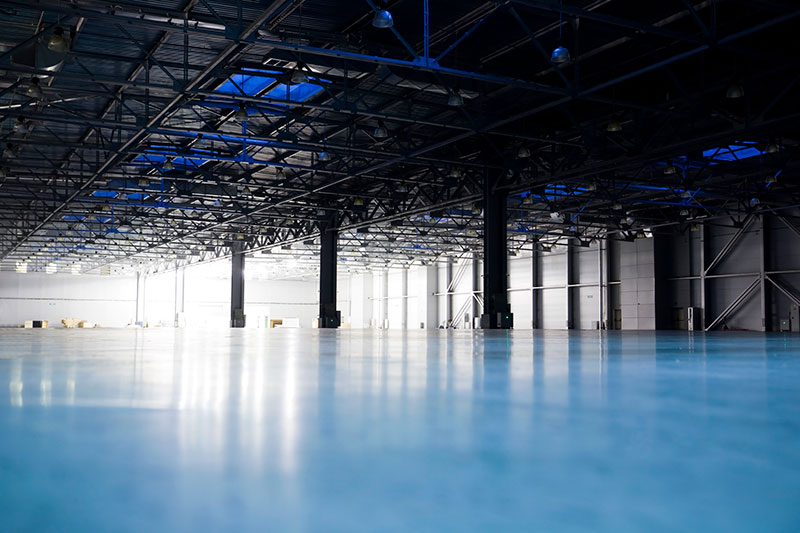Big boxes continue to delight global investors – and 2016 promises more of the same. Interest is growing from foreign investors and retailers expanding their distribution center footprints across the country.
JLL research found that offshore-driven capital has been one of the biggest participants in 2015 industrial volumes, and will account for almost $20.0 billion in total investment, or 37.4 percent of 2015 buyer activity when currently under contract transactions are added to volume through the third quarter. And, it’s not just Canadians anymore; Singapore in particular has emerged as a prime investor in industrial real estate. With a single transaction, Singapore-based GLP became the second largest logistics property owner and operator in the United States, and is currently under contract to add an additional 57.6 million square feet through an acquisition of Industrial Income Trust (IIT), further expanding the bourgeoning portfolio.
Changing Landscape
Thanks to a series of large-scale portfolio transactions like the GLP deal, there is a changing landscape for institutional ownership: more prime-grade industrial distribution real estate will sit in the hands of increasingly fewer owners. With an estimated $55.0 billion in completed and forecasted sales, this jump represents the risk, and the opportunity, that institutional investors have been taking. They are choosing to buy into the value of adding industrial real estate to their portfolios, while taking the risk that values will remain high or climb even higher over their various intended hold periods.
Retail-affiliated industrial real estate in particular is becoming increasingly attractive to investors across all sectors. This includes a variety of building types and locations, from local distributors that carry time-sensitive items, to omnichannel facilities that distribute non-perishables like tires and furniture. Service delivery factors now shape real estate decisions more than ever before in today’s ultra-competitive environment thanks to the boost in e-commerce activity and unique delivery options.
Workforce Matters
In 2016, the availability of the workforce, including access to seasonal workers during the holiday uptick, will also ultimately guide location decisions. As delivery strategies evolve, distribution centers have new purposes within their respective supply chains, as larger footprints are needed for mixing center operations, as well as close proximity to FedEx, UPS and USPS ground sortation hubs.
For supply chain managers, risk management is still a key focus point – by diversifying manufacturing and sourcing using a combination of transportation strategies including intermodal truck and seaports to get goods to the final consumer. The pending expansion of the Panama Canal in April 2016 will influence both the global and domestic supply chain, and in turn, industrial development.
For the full story on the increasingly sophisticated supply chain process, and more 2016 expected industrial real estate trends, read our full length article “Five Trends that will Shape the 2016 Industrial Sector” in NAIOP’s Winter 2015/2016 issue of Development magazine.
 This post is brought to you by JLL, the Social Media and Conference Blog sponsor of NAIOP’s Commercial Real Estate Conference 2015. Learn more about JLL at www.us.jll.com or www.jll.ca.
This post is brought to you by JLL, the Social Media and Conference Blog sponsor of NAIOP’s Commercial Real Estate Conference 2015. Learn more about JLL at www.us.jll.com or www.jll.ca.














